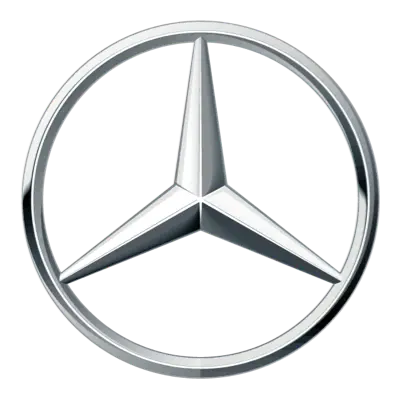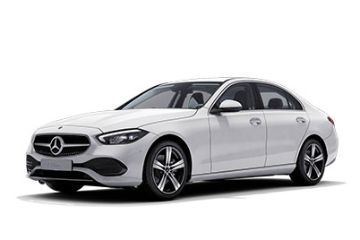![Mercedes-Benz is Japan's favourite import brand for 1H 2022, led by the W206 C-Class 01]()
The Japan Automobile Importers Association (JAIA) has released sales data of imported (CBU) cars for the first half of 2022.
In Japan, the first half of fiscal year is recorded from April to September and the best-selling imported brand is none other than Mercedes-Benz.
![Mercedes-Benz is Japan's favourite import brand for 1H 2022, led by the W206 C-Class 02]()
A grand total of 23,479 units of Mercedes-Benz were sold in that period, capturing a 20.41 percent market share in the process. While Mercedes-Benz is the top-selling marque in Japan for fiscal year 1H 2022, it marks a 13.9 percent decrease year-on-year.
The best-selling Mercedes-Benz in Japan is the Mercedes-Benz C-Class, with a total of 7,429 units sold between April to September.
![Mercedes-Benz is Japan's favourite import brand for 1H 2022, led by the W206 C-Class 01]()
Sitting in second place is Volkswagen with a total of 15,838 units sold. Volkswagen captured a total of 13.77 percent of the Japanese imported market. Year-on-year, Volkswagen saw a decrease of 26.94 percent.
With 4,753 units sold, the Volkswagen Golf is the preferred model in Japan, followed closely by the Volkswagen T-Cross, with 3,853 units sold.
Also Read: Japan recognizes VW Golf Mk8 as best import car of the year
![Mercedes-Benz is Japan's favourite import brand for 1H 2022, led by the W206 C-Class 02]()
In Japan, BMW sold a total of 14,458 units, putting the marque in third spot. With 14,458 units sold, BMW secured a 12.57 percent market share. Like the other marques, year-on-year BMW witnessed a 24.87 percent decrease in sales.
The ongoing semiconductor shortage is the likely reason for these brands to mark a decrease in year-on-year sales.
Also Read: What is Yanase and why is this sticker often seen on recond cars?
![Mercedes-Benz is Japan's favourite import brand for 1H 2022, led by the W206 C-Class 03]()
For Japan’s 1H 2022 fiscal year, a total of 115,046 of imported cars were sold, which is a 13.7 percent decrease year-on-year, largely caused by the ongoing semiconductor shortage.












